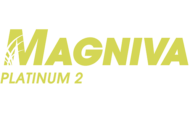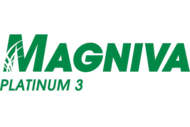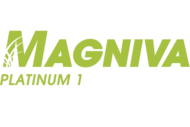The sugarcane plant is primarily cultivated for sugar or ethanol production. In some countries, sugarcane is used as a forage source for livestock, both fresh and as silage. In those countries, sugarcane silage has grown in popularity since the development of inoculants containing Lactobacillus buchneri 40788, which has helped control the level of ethanol produced and improve stability of the silage by controlling the epiphytic yeast population.
Sugarcane is a high-yield crop and can produce up to 40 tons of dry matter (DM) per hectare — more than most other tropical grasses. There are varieties available with a lower fiber content that are better suited for forages. Sugarcane is very low in fat, minerals and protein. The protein in sugarcane can represent just 1 to 5% of DM. Its two principal components are both carbohydrates: fibrous carbohydrates and soluble carbohydrates, notably sucrose.
Maturity
Sugarcane is ready to be harvested when the crop has at least 18° Brix, ideally more than 22° Brix. The Brix content is measured in the sugarcane juice.
Dry Matter
At the time of harvest, the DM content of the sugarcane plants should be between 30 to 33%. The total digestible nutrients (TDN) should be greater than 60%, and in-vitro DM digestibility should be about 65%. To successfully ensile, the DM should not be below 28%.
Chop Length
Typically, the chop length can be adjusted as needed without affecting milkfat. Sugarcane can have a theoretical length of cut (TLC) of less than 0.39 inches, or 1 cm.
Challenges
Due to its high proportion of soluble sugars — and high population of wild yeasts in the fresh crop at the time of harvest — sugarcane is prone to alcoholic fermentation, which significantly reduces the silage’s nutritive value. To help prevent alcoholic fermentation, ensile sugarcane as soon as it is chopped.
Homolactic inoculants are not suitable for sugarcane silages. The crop has a high population of indigenous yeasts. This population, along with the high sucrose content of the plant, needs to be effectively controlled to avoid the production of ethanol during the fermentative process.
To avoid ethanol production, the sucrose must be converted into glucose. This process can result in large DM losses from the carbon dioxide production.
Heterofermentative lactic acid bacteria (LAB) can help improve aerobic stability in sugarcane silages. To learn more about the types of inoculants, click here.








